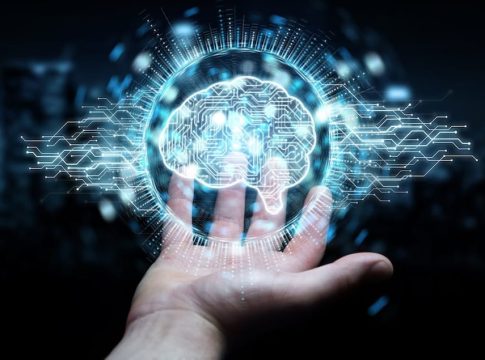Generative AI vs. Predictive AI: Understanding the Differences
In the landscape of artificial intelligence (AI), two standout paradigms are reshaping how we interact with technology: generative AI and predictive AI. Both approaches mimic human cognitive processes, but they function in markedly different ways and serve distinct purposes.
What is Generative AI?
At its core, generative AI is about creation. This branch of AI generates new content—be it written text, images, audio, or even code—by predicting what comes next in a sequence based on patterns from vast datasets. Technologies like generative adversarial networks (GANs) and transformers drive this innovation, enabling programs to respond to user prompts with surprisingly coherent outputs.
Key Applications of Generative AI
- Text Generation: Tools like ChatGPT can compose articles, emails, or marketing content effortlessly.
- Visual Creation: AI systems can create artwork or product prototypes, visually manifesting ideas from mere text prompts.
- Audio and Video Synthesis: Users can generate synthetic voices or even compose music based on given inputs.
Generative AI’s strength lies in its ability to produce human-like content, raising questions about its potential to enhance productivity or even replace certain job functions.
The Logic of Predictive AI
In contrast, predictive AI is all about forecasting. Using historical data and statistical models, predictive AI analyzes past patterns to anticipate future events. Techniques like decision trees and linear regression empower businesses to make informed decisions based on data insights.
Real-World Uses of Predictive AI
- Customer Behavior Prediction: Businesses can foresee what products a customer may want next, improving sales strategies.
- Risk Assessment: Financial institutions leverage predictive modeling to minimize risks like fraud or loan defaults.
While predictive AI enhances decision-making, it is heavily dependent on the quality of its training data. Flawed or outdated data can lead to erroneous predictions, impacting strategic choices.
A Meeting of Minds: Similarities and Differences
Despite their fundamental differences, generative and predictive AI share core principles of machine learning. Both approaches can analyze vast datasets to uncover patterns but differ in how they apply these insights. Predictive AI focuses on correlations between past inputs and anticipated outputs, while generative AI finds relationships within the data to produce innovative new material.
Training Methods
- Generative AI usually employs unsupervised learning on unannotated data, discovering patterns independently.
- Predictive AI, however, often uses supervised learning with clearly labeled datasets, refining its models based on specific input-output relationships.
Ethical Considerations and Concerns
Both types of AI raise significant ethical implications. Generative AI can unintentionally generate biased or harmful content, while predictive models may propagate existing biases in their datasets, affecting decisions in hiring or loan approvals. As we rely more on these systems, the risk of unintentionally perpetuating discrimination grows.
Looking Ahead
The ongoing evolution of both generative and predictive AI heralds exciting possibilities but also demands a critical evaluation of their societal impact. As these technologies become seamlessly integrated into business operations and our daily lives, understanding their distinct roles can help consumers and organizations navigate the complexities of an increasingly automated world.
As we continue to harness the power of AI, striking a balance between innovation and ethical responsibility will be paramount. The landscape may be evolving rapidly, but vigilance and informed decision-making will remain crucial as we chart a course through the AI frontier.

Writes about personal finance, side hustles, gadgets, and tech innovation.
Bio: Priya specializes in making complex financial and tech topics easy to digest, with experience in fintech and consumer reviews.

